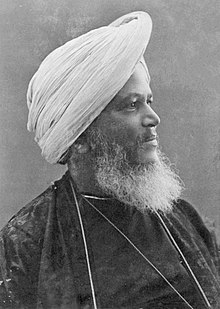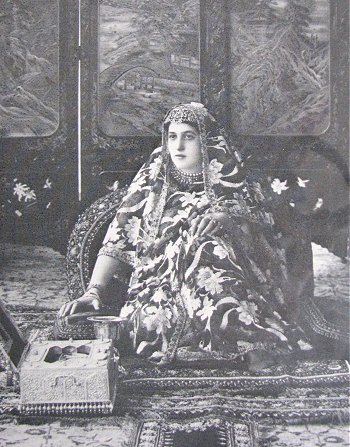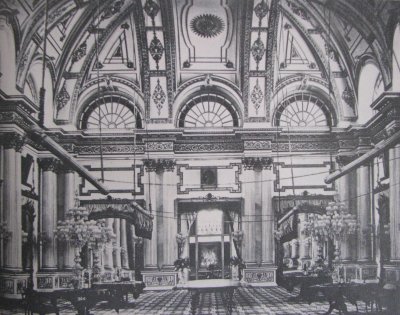
was an Italian photographer. His photography career began in the mid-1870s as a commissioned photographer, eventually he set up studios in Indore, Mumbai and Hyderbad.
Legacy: Lala Deen Dayal studios’ collection of 2,857 glass plate negatives, was bought by the Indira Gandhi National Centre for the Arts; New Delhi in 1989, which today is the largest repository of his work. A large collection including celebrated images of the 1870s’ famine are with the Peabody Essex Museum, US and the Alkazi collection in Delhi. In 2010, a retrospective exhibition of his work was held at IGNCA, curated by Jyotindra Jain.
Lala Deen Dayal is best know for studio called LalaDeen Dayal & Sons and for his portfolio of 86 photographs, known as "Famous Monuments of Central India".



info from:
http://www.deendayal.com/lifesketch.htm











